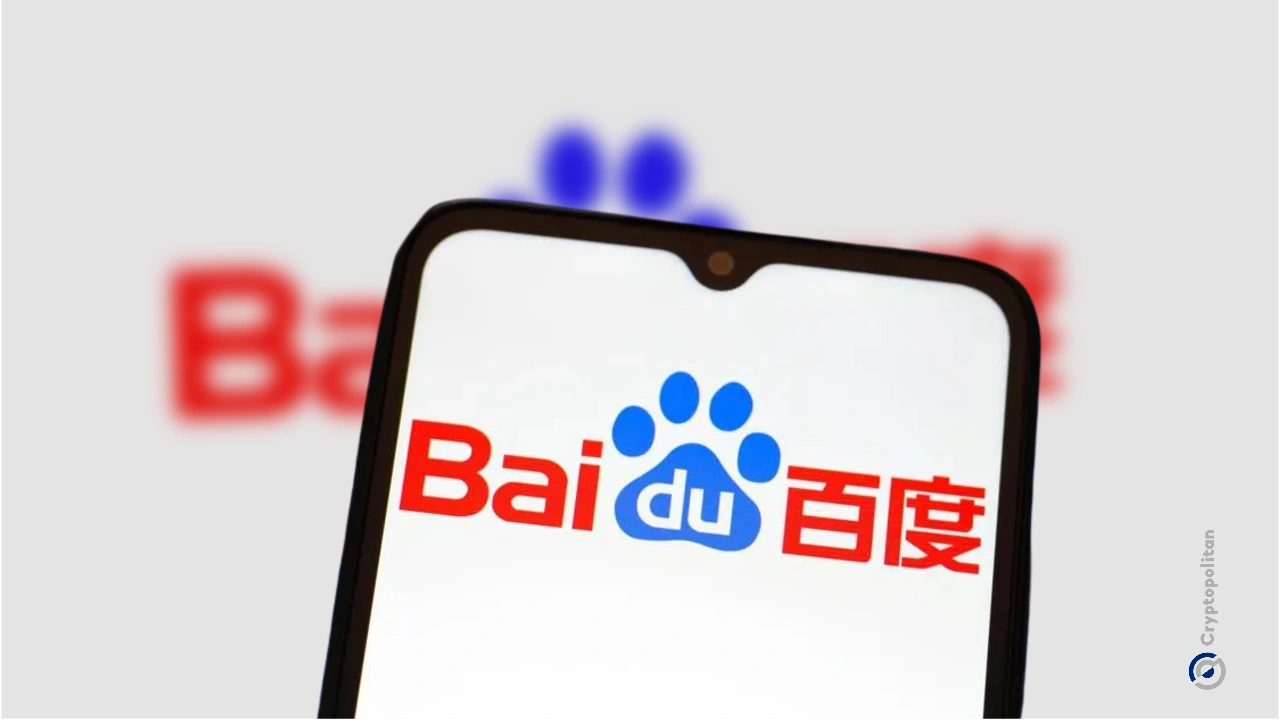Chinese multinational technology company Baidu launched the latest iteration of its flagship artificial intelligence model, Ernie 5.0, during its annual flagship tech event in Beijing, China, on Thursday.
Billionaire founder and chief executive Robin Li presented the Ernie 5.0 model, which he called a “natively omni-modal” system capable of understanding user commands in several media formats.
Li reiterated that intelligence and technological speed are the two main factors determining how competitive an AI model can become.
“Intelligence itself is the greatest application, and the speed of technological iteration is the only moat. Baidu will continue to invest in and develop more cutting-edge models to push the ceiling of intelligence higher,” the 56-year-old CEO explained.
Baidu presentation: Ernie 5.0 adds leap in multimodal AI
According to Baidu’s technical documentation on Hugging Face, Ernie 5.0 is built on the upgraded ERNIE-4.5-VL-28B-A3B architecture and has a significant improvement in multimodal reasoning capabilities from its previous models.
One of its most fronted features, called “Thinking with Images,” helps the AI large language model to dynamically zoom in and out of images and examine fine-grained visual details. Baidu claims this feature is very similar to human visual problem-solving and, when combined with image search tools, improves the model’s ability to process intricate visual information and handle long-tail knowledge.
During the demonstration, Baidu compared Ernie 5.0’s performance in benchmarks against competitors DeepSeek, Alphabet Inc.’s Google Gemini, and OpenAI’s GPT-5. Tests included language comprehension, audio analysis, and visual understanding tasks, where it reportedly came close to the top AI large language models.
Alongside its AI software, Baidu also introduced two next-generation Kunlun chips manufactured to improve large-scale AI computation. The Kunlun M100 chip, made for large-scale inference tasks, is scheduled for release in early 2026, while Kunlun M300’s ultra-large-scale multimodal model training and inference could come early 2027.
The tech firm also unveiled new applications for industrial and commercial use, including an agentic tool for controlling urban traffic lights, a digital avatar replacement for streamers, and a code-free development platform intended to make AI deployment more accessible to developers and the general public.
Baidu still lagging behind the competition
Despite its technological advancements, Baidu is still well behind rivals ByteDance Ltd. and Alibaba Group Holding Ltd in AI model development. According to Bloomberg, Baidu initially held an early lead in China’s AI business, but the mentioned competitors have overtaken the company in AI-native applications and open-source model development.
Baidu’s broader revenue has also been affected, with advertising income expected to fall by approximately 8% in the September quarter, the largest decline in nearly a decade.
Company founder Li blasted the “unhealthy, unsustainable” AI ecosystem where chip manufacturers reap the majority of profits, while app developers see comparatively little gain.
“No matter how much money chipmakers make, the models built on top of the chips should generate 10 times the value, and the applications developed on top of the models should create 100 times the value. Only then can we achieve a healthy industrial ecosystem,” Li said.
US vs China AI competition still close, Nvidia CEO Huang claims
Baidu’s announcements come amid an ongoing AI competition between China and the United States. Per US President Donald Trump, the West is far ahead of China in AI because companies have yet to find a manufacturer better than US-based semiconductor chipmakers.
Nvidia chief executive Jensen Huang recently predicted that “China beat the US” in AI development due to lower energy costs and fewer regulatory restrictions. Huang warned that Western countries, including the US and UK, could fall behind due to excessive regulatory controls, while Chinese tech companies benefit from subsidized energy that reduces operational costs.
After meeting with Chinese President Xi Jinping in early November, POTUS Trump stated that the United States would restrict China from accessing Nvidia’s most advanced Blackwell chips.
“The most advanced, we will not let anybody have them other than the United States. We don’t give the Blackwell chip to other people,” Trump told CBS in his recent 60 Minutes interview.
Want your project in front of crypto’s top minds? Feature it in our next industry report, where data meets impact.
This articles is written by : Nermeen Nabil Khear Abdelmalak
All rights reserved to : USAGOLDMIES . www.usagoldmines.com
You can Enjoy surfing our website categories and read more content in many fields you may like .
Why USAGoldMines ?
USAGoldMines is a comprehensive website offering the latest in financial, crypto, and technical news. With specialized sections for each category, it provides readers with up-to-date market insights, investment trends, and technological advancements, making it a valuable resource for investors and enthusiasts in the fast-paced financial world.
